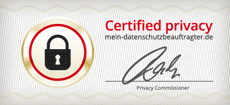In today's global economy, finding a job has become more complex. Newly qualified candidates face unique challenges when trying to find the right career placements, even more so in the software testing industry. According to the World Economic Forum’s ‘The Future of Jobs Report 2023, “Technological advancement through increased adoption of new and frontier technologies and increased digital access are expected to drive job growth in more than half of surveyed companies,...” This is positive news for potential software tester candidates looking for new employment opportunities.
Introduction
As a software tester searching for a new role, one of the first things to consider is the value that testers would bring to software development organizations. Think about it: Wouldn't it be better to catch software issues before releasing a new version of an application rather than relying on users to discover them?
While it might seem logical for developers to thoroughly test their own code, there are factors to consider beyond just functionality.
One such factor is the risk of overlooking user experience considerations when focusing solely on functionality. The potential for wasted time and resources when bug fixing is left until after receiving user feedback. This approach can lead to delivering substandard results and hamper the speed of software development and version releases.
So, what should you, as a prospective software tester, look for when seeking a new role? Here's a step-by-step guide:
Step 1: Define the Position
Make sure the role and responsibilities of the software tester position are relevant to your work experience and qualifications. Do you meet the job requirements, and can you perform them competently? This will help you evaluate if the role aligns with your expertise and experience.
Step 2: Source Roles
Look for potential job opportunities on general and specialized tech job boards. LinkedIn and other professional networks can be of great assistance with job posts and connecting with possible future employers. Your LinkedIn profile can be a valuable source of information to potential hiring managers; make sure to keep it current and relevant. It is an excellent way to expand your network.
Step 3: Attention-Grabbing Resumes
When creating your resume and cover letter, focus on identifying relevant skills and impressive work experiences. Include relevant education details and certification, industry experience, and technical abilities. While experience and technical expertise have traditionally been highly valued, the success of being hired as a software tester or QA and supporting roles now depends heavily on the complexity of team structures found within organizations.
Specialized networking platforms such as SkillsClub can be an excellent source of specific mentorships and resume-building from a global network of certified experts. Given the evolving methodologies and practices in the software industry, it is crucial to ensure that the desired skills sought after are part of your latest certifications.
iSQI suggests: ISTQB® CERTIFIED TESTER - FOUNDATION LEVEL 4.0 (CTFL 4.0)
.png?width=600&height=300&name=ChatGPT%20%26%20Software%20Development%20(2).png)
Step 4: Assess Technical Skills
Be prepared to showcase your technical abilities through assessments or testing challenges that align with the specific skills required for the software testing position. In software testing and quality assurance, manual tester assessments involve evaluating the tester's ability to identify, reproduce, and document defects while executing test cases manually, ensuring thorough test coverage. Whereas automation tester assessments focus on assessing the tester's proficiency in designing, implementing, and maintaining automated test scripts and frameworks to improve testing efficiency and accuracy, mirroring human actions through technology.
Step 5: Interviews
During interviews, expect to be asked various questions that assess both your technical competence and your ability to communicate, solve problems, engage with others and collaborate. Behavioral and situational questions may be used to gauge your career experiences and decision-making abilities.
.png?width=600&height=300&name=RECRUITMENT%20blog%20(1).png)
Step 6: Make a Decision
Once you've found a position that aligns with your skills and competencies, make the time to research the company, its culture, mission, value statements, benefits, and growth opportunities. If you feel a possible fit, then begin to create the outline of a cover letter and make sure that your CV is current.
Step 7: Onboarding
Once the interview process ends and you accept an employment contract, you can look forward to onboarding. During the onboarding process, you'll receive resources, training, and mentorship from several team members and, perhaps, even interact with other team leaders in other business units. This all adds value to your role, personal growth, and agreed-upon job responsibilities. Onboarding will ensure a smooth transition into the team, workplace culture, and expectations. Regular check-ins will address any concerns and help you become fully immersed in the company's workflows.
Step 8: Probation Period
Many software companies have a probation period, typically around six months, during which they assess your performance, compatibility with the team, adherence to workflow processes, and company values. This period also lets you familiarize yourself with the company's software development processes and tools. During this probationary period, do not be concerned with being withheld from big client projects. Software testers are often not allowed to work on big software development projects during this period.
This period helps to ensure the tester has the necessary foundation, experience, and understanding of the company's processes before taking on more significant responsibilities in larger projects.
Secondly, the probationary period helps the tester to become familiar with the company's testing environment and how things are done. Lastly, employers also use this time to see how good the tester communicates and works with others and if they match the company's values, ethos, and team culture. Both employers and testers decide if they continue working together based on how well the tester performs and fits in during this period.
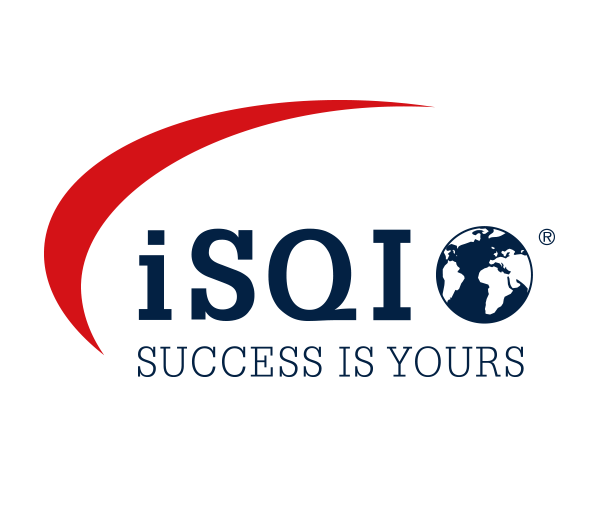
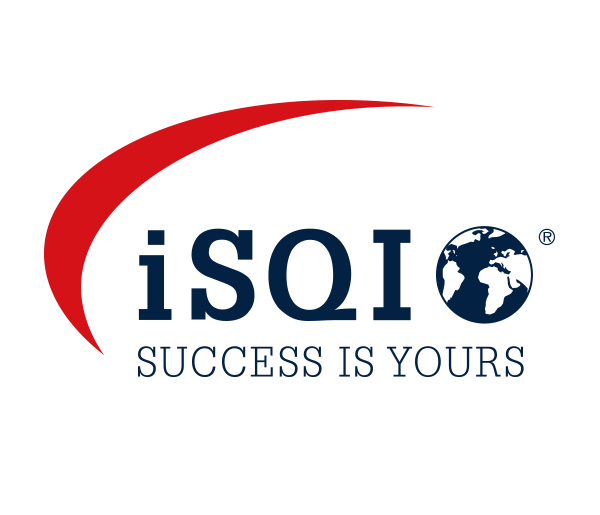
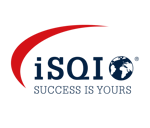






-2.png)
-1.png)
